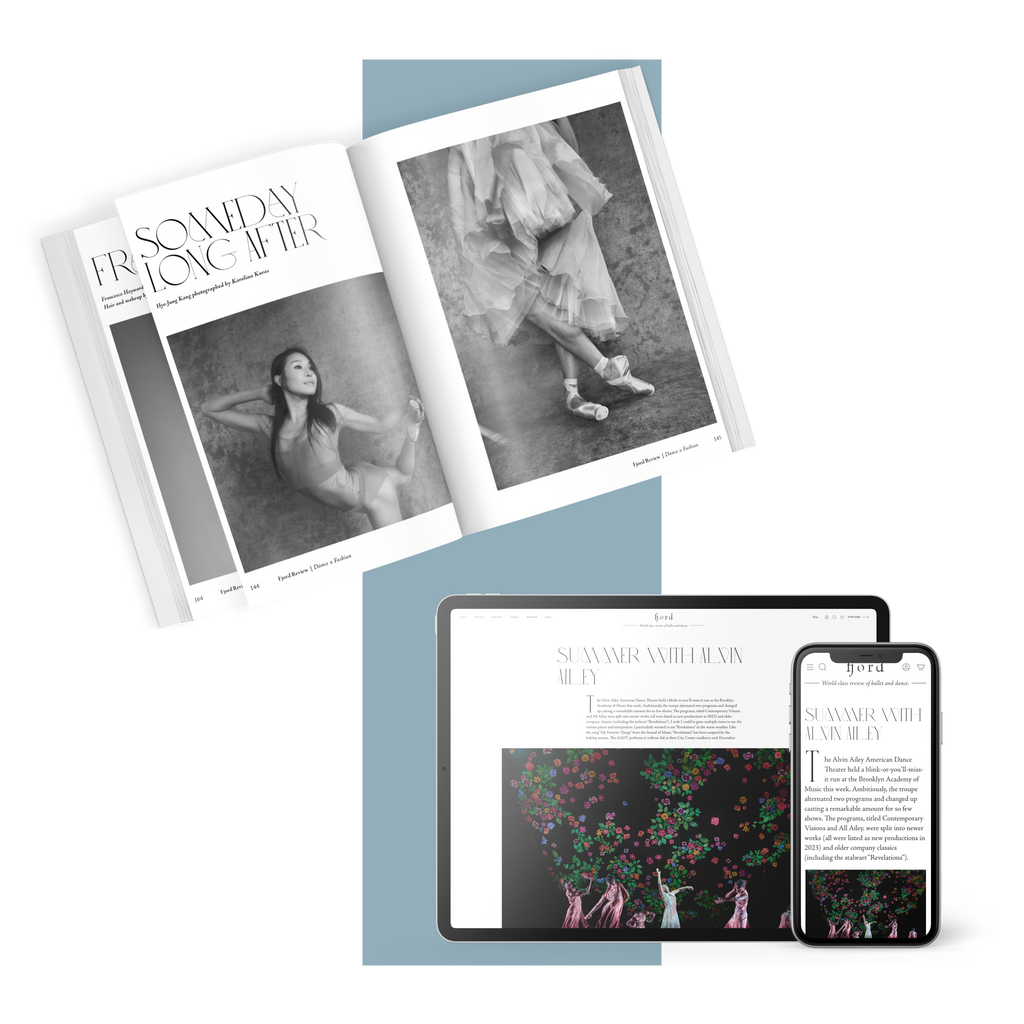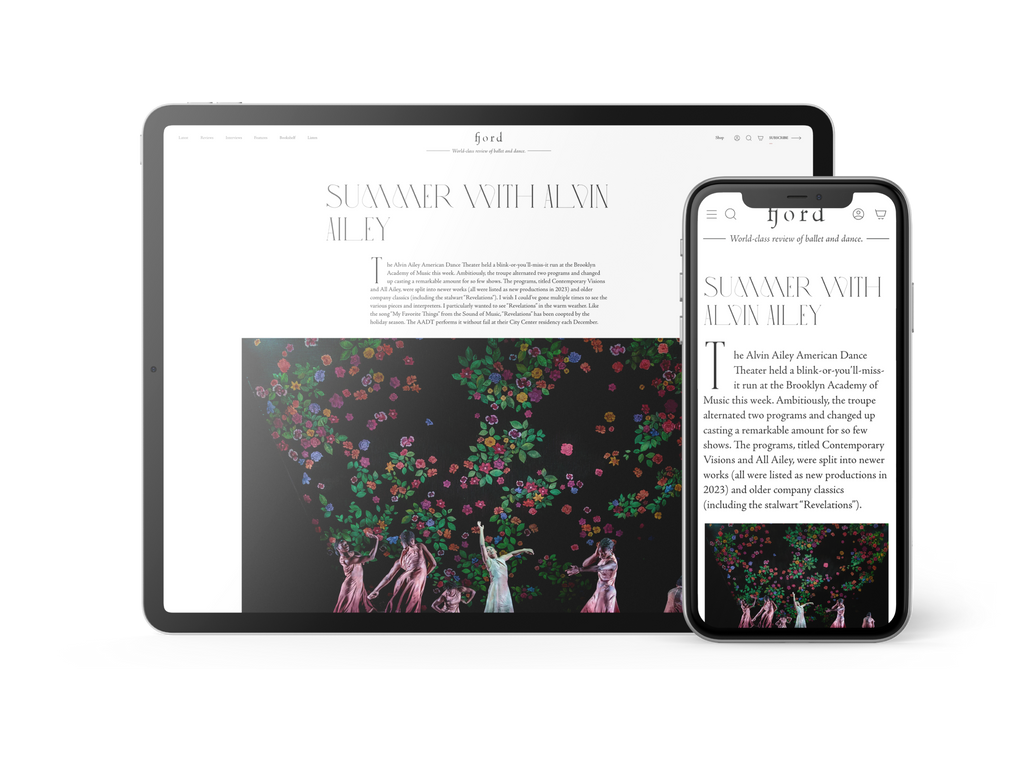Glimpsing Nureyev
Nureyev and Friends, a recent tribute event at the Hong Kong Arts Festival, opened with an introduction from Charles Jude, the longtime protégé of Rudolf Nureyev at the Paris Opera Ballet.
Continue Reading
World-class review of ballet and dance.
At the Paris Universal Exhibition at the turn of the twentieth century, where it was said Debussy first heard Javanese gamelan music, near everything newly discovered or newly made could be found. The Eiffel Tower, now synonymous with Paris, for one; the world-encompassing scale of the Galerie des machines where visitors could delight in discovering such things as atmospheric hammers, cigarette makers, phonographs, and telephones. Add to this a colonial exhibition of the ‘other’ from across land and sea masses; the Imperial, the largest diamond in the world; and a giant wooden and stucco elephant, which was later purchased and placed alongside an infamous red windmill, the Moulin Rouge, to render complete the Jardin de Paris Elephant. For a franc, a gentleman could enter the elephant’s body, by way of a staircase twisting up one of its legs, and find themselves in an opium den and a froth of belly dancers.
Performance
Place
Words

Adam Bull and Kirsty Martin in “The Merry Widow.” Photograph by Jeff Busby


“Uncommonly intelligent, substantial coverage.”
Your weekly source for world-class dance reviews, interviews, articles, and more.
Already a paid subscriber? Login
Nureyev and Friends, a recent tribute event at the Hong Kong Arts Festival, opened with an introduction from Charles Jude, the longtime protégé of Rudolf Nureyev at the Paris Opera Ballet.
Continue ReadingListening to John Cage’s “Three Dances (for prepared piano)” is a wonderfully contradictory experience. The composer disrupts our auditory expectations by placing an assortment of small objects such as erasers, screws, and bolts, among the piano strings. A musician plays the piano in the typical manner, but instead of a harmonic tone, we hear more percussive sounds of kettle drums, timpani, xylophone, tin cans, even bells. One can imagine how an artist like Lucinda Childs, who was part of the Judson Dance Theater radicals in the ‘60s, might be attracted to such a composition. The choreographer is perhaps best known...
Continue ReadingIt is always exciting when the New York City Ballet kicks off a season with an all-Balanchine program. However, the Spring Season’s opening quartet of Balanchine ballets—all strong in their own right—didn’t hang together as well as some other combos.
Continue ReadingMoreso than many Balanchine offshoot companies, the Dance Theater of Harlem—founded by the New York City Ballet principal dancer Arthur Mitchell in 1969—keeps the Balanchine ethos at the forefront of its programming.
Continue Reading
comments